Much like holiday shoppers everywhere, I was busy today doing some last minute shopping, although these are not gifts for other, but just things I can’t buy back in the States.
I thought I would go take a look at stores that I haven’t frequented, so I first ended up at two other oldish stores in the same area as the candy store. The question asked, of course, is always the same one — “do you have old oolong?” The first store had a very talkative owner who went on and on about how drinking puerh is dangerous for you (too much flourine that will weaken your bones?), and how he only sells Taiwanese tea in his store (when a cake of puerh is clearly visible on a shelf — granted, there was only one kind). He showed me a few teas, all packed in those vacuum bags, which I dislike for the purpose of shopping for aged oolongs. They don’t really age much in those things, and you have to ask them to open the bags, which is more of a pain. I looked at two. One’s an unroasted baozhong that is clearly a decade or more old (the leaves are turning orange) and the other is a roasted tea that smells aged. Not too bad, but I only opted for the baozhong, as the roasted stuff I can get elsewhere.
The second store only had one kind of aged oolong — even though they look really big and probably have a huge warehouse of tea. I guess they only sell this one kind regularly? Some aged baozhong… don’t look too good.
So it’s back to the candy store… and the other place that sold me that wonderful tieguanyin. I went to the tieguanyin place first, as I wanted to get a little more of that. I also asked to try their old shuixian. It smells old enough. The tea is nice — a bit bland, as all shuixians tend to be, but there’s qi in this tea — a very obvious and pleasant qi too. It’s a tea that makes me comfortable all over. Cheap too. Then I asked for some old Taiwanese oolongs, to see what they’ve got… and what I saw was distinctly inferior. It’s odd how this store has such nice aged Fujianese teas, but such bad aged Taiwanese teas. I wonder why.
Then I went to the candy store. I just picked up a little of the aged tieguanyin that I like there. I also tried to rummage through some stuff. In that same canister, I found this bag of tea — a small bag, only about 2kg. It looked pretty good, and smelled pretty good. The label says it’s a 1983 winter competition tea… 6000 NT. She would sell it to me for half the price. I only got a bit of it, to see what it tastes like, but oh, the temptation to just buy the whole bag….
I did ask her for contact info, in case I want to do mail order. I wonder if I’ll fall prey to temptation.

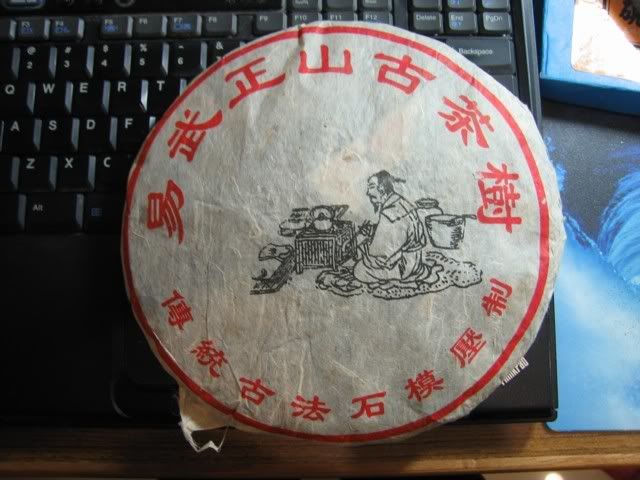
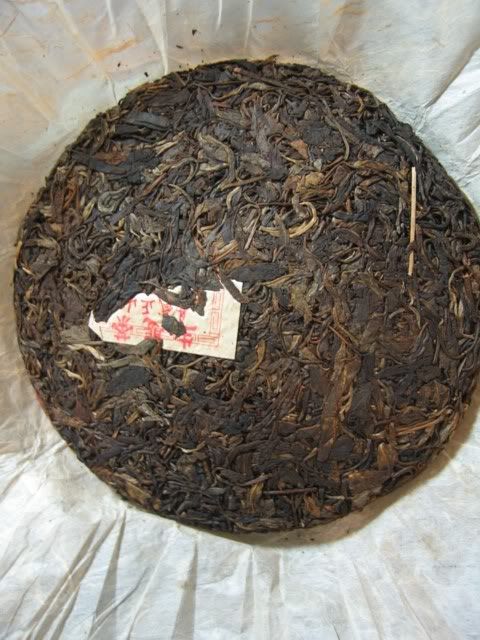
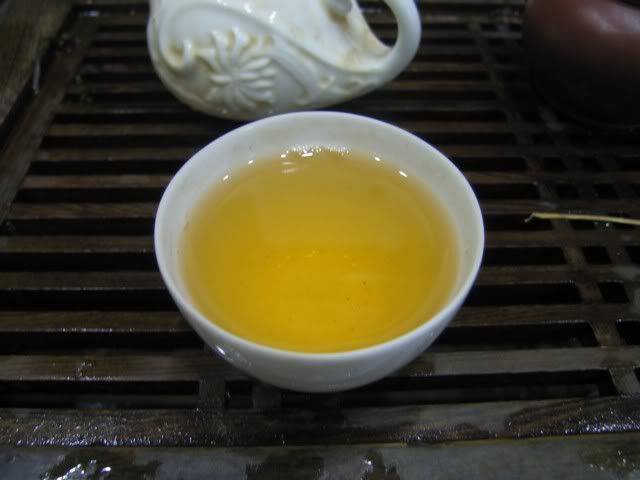
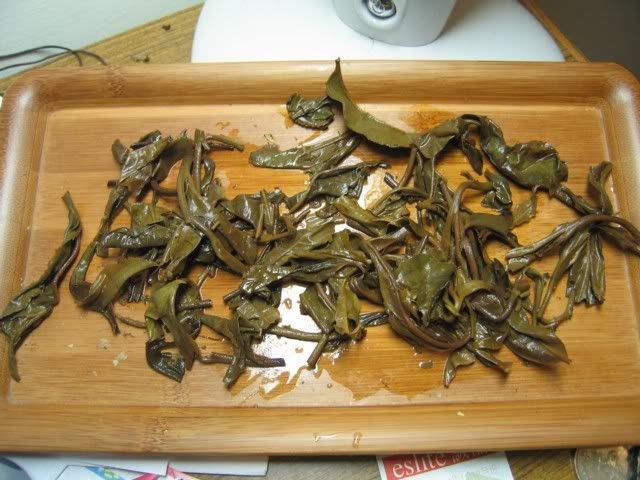


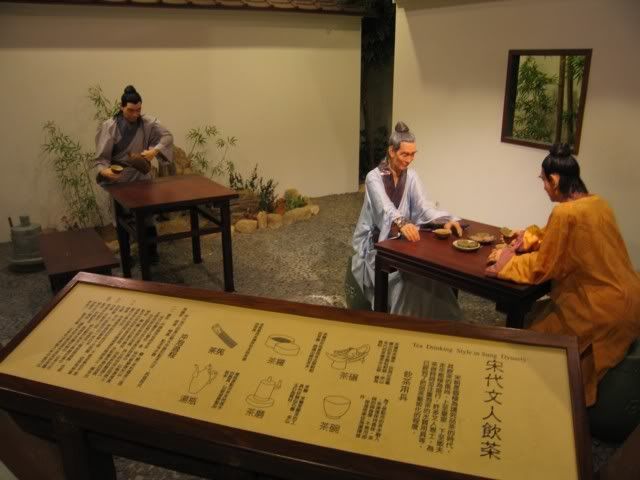






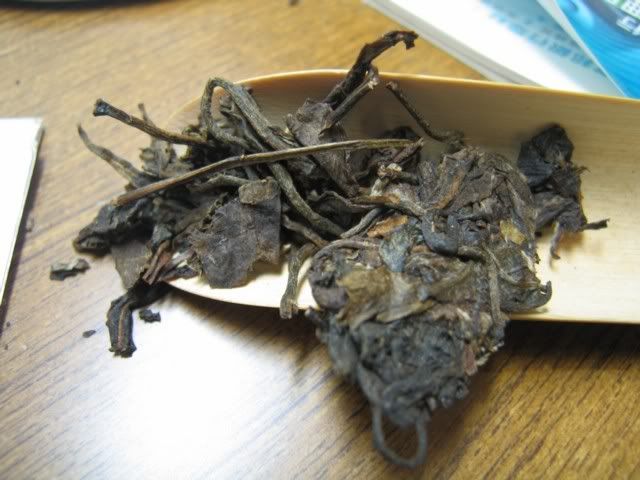

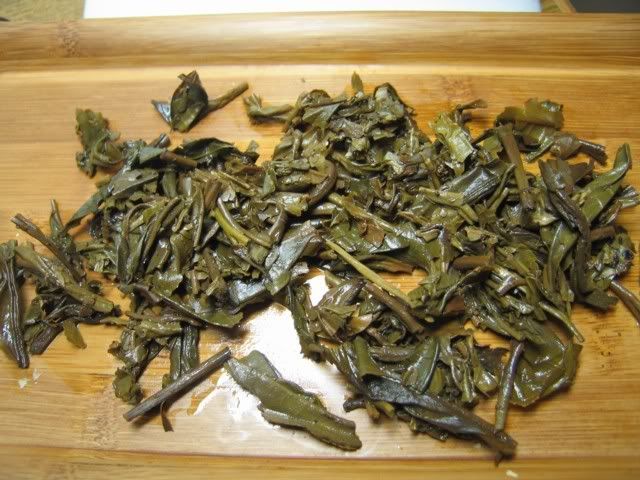
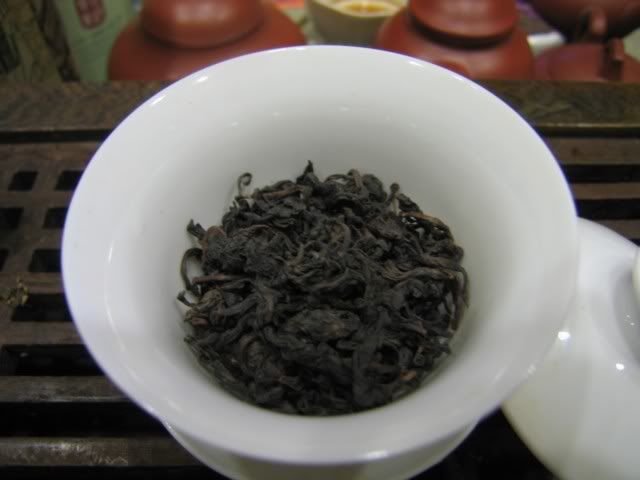
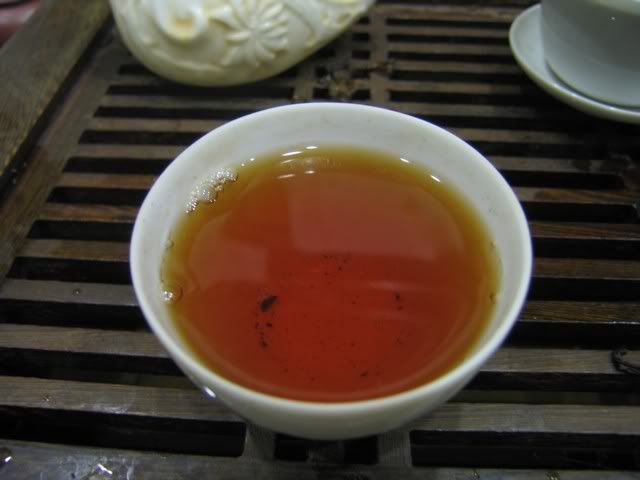
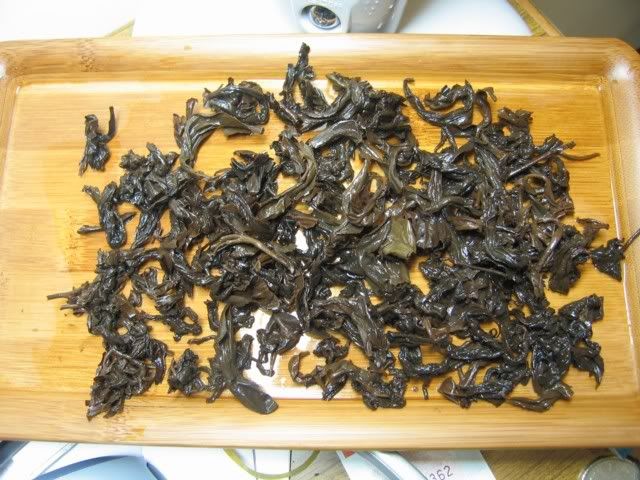





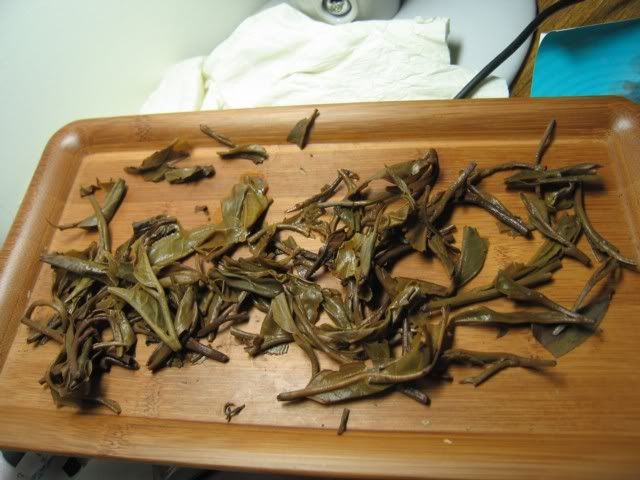
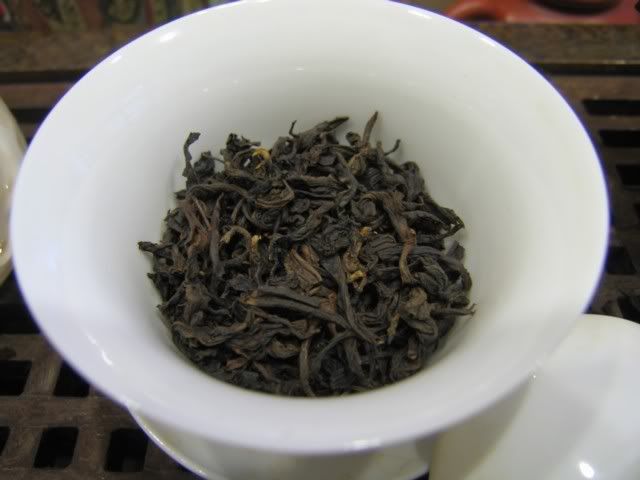
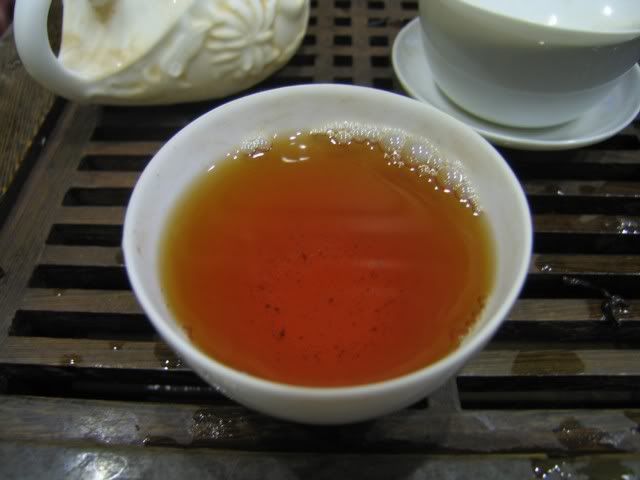
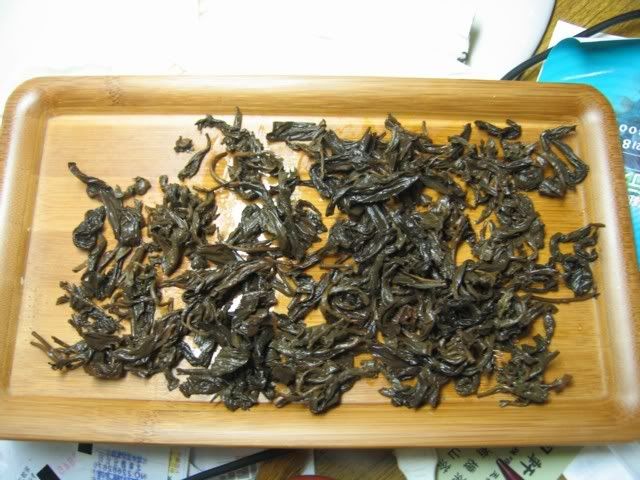
 RSS - Posts
RSS - Posts
I took you at your suggestion and have been reading some of your old post-Covid posts. I haven’t been to…